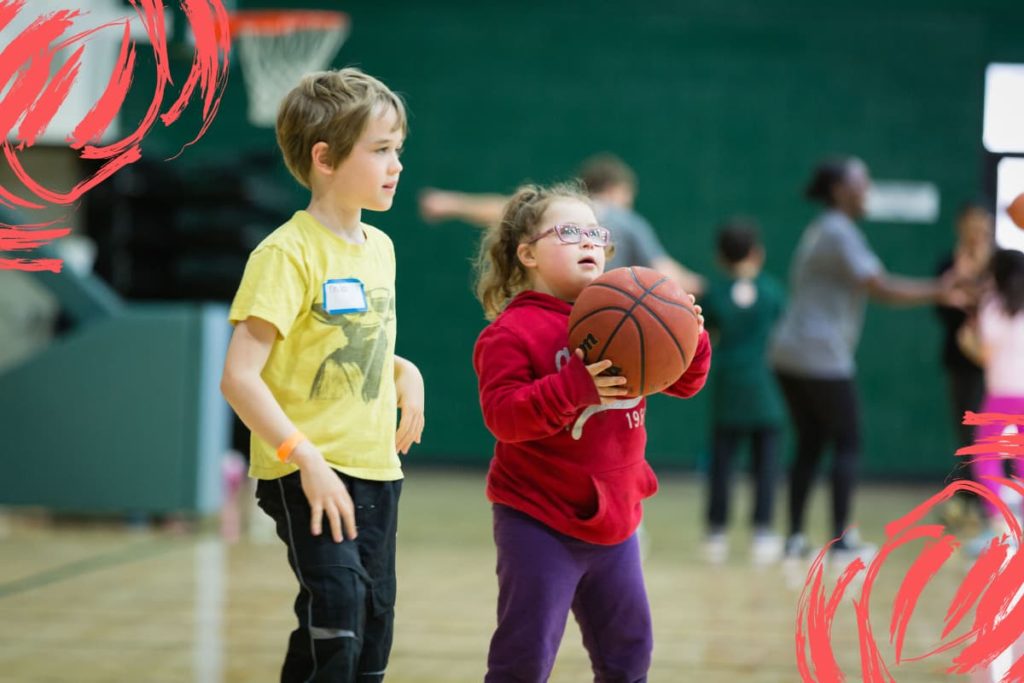It has been proven that a healthy amount of exercise and physical activity leads to a higher quality of life.
Well known physician and philosopher John Locke commented on this idea with his philosophy that he cited from the ancient Roman poet Juvenal: “Mens sana in corpore sano.” Translated from Latin, this means “Healthy mind in a healthy body.”
This philosophy pushes the idea that in order for one to be in top shape mentally, one must also to some level pursue a healthy lifestyle. In other words, this philosophy presents the idea that physical activity plays a key role in the advancement of an individual’s mental health just as much as one’s physical health.
I have even found that my own anxiety levels drop significantly when I have some consistent simple physical activity in my life like going on a run, or by playing basketball, soccer, or ultimate frisbee with my friends a few times a week.
Inclusion matters
This is one of the many reasons why inclusion is so important in the realm of sports, exercise, and physical activity. Often times, an individual with special needs has to alter the way in which he or she gets the exercise or physical activity required to lead an active and healthy life.
If an activity is not altered to meet the needs of a child or an adult who has special needs, he or she can’t be included and won’t be able to participate. In accordance with Locke’s philosophy, if someone isn’t included in physical activity, that person will miss out on both physical and mental development.
Methods of inclusion
When it comes to including those with special needs in a physical activity environment, there are two possible known methods. In the realm of physical activity these methods are known as the modified physical activity approach and the adapted physical activity approach. Both methods are used fairly extensively to engage children and young adults in physical activity; however, one provides far more opportunities for inclusion than the other.
Modified physical activity is a great way to get a child with special needs active and engaged in physical activity. However, it does not offer nearly as many chances for the inclusion of children with and without special needs.
Adapted physical activity allows for children both with and without special needs to participate.
Adapted vs. Modified
An example one could use to describe modified physical activity would be a soccer, basketball, or baseball team or league completely made up of children with special needs. In modified physical activity, children with special needs are given the chance to participate, but are not included with other children.
Because children with special needs only engage in physical activity with other children who have special needs in modified physical activity, the way in which children play their sport, as well as the goals of the activity, are ultimately altered.
On the contrary, adapted physical activity allows for children both with and without special needs to participate in the same exercise or physical activity at the same time. Adapted physical activity only requires a change in which a common goal is reached.
When is an exercise adapted?
An exercise or physical activity is adapted in place of modified when all participants involved are included and are working together to achieve a common goal or task. Adapted physical activity allows children of all needs to work together which in turn strengthens the relationships between them.
As a result, the children participating will be much more motivated to continually participate in physical activity. E-Sports has adopted and has been perfecting the adaptive physical activity approach since its inception in 2000.
It is the adapted physical activity approach that has in part allowed E-Sports to be such an impactful program and reach children and young adults from the Bay Area, to China, to India, and beyond.


